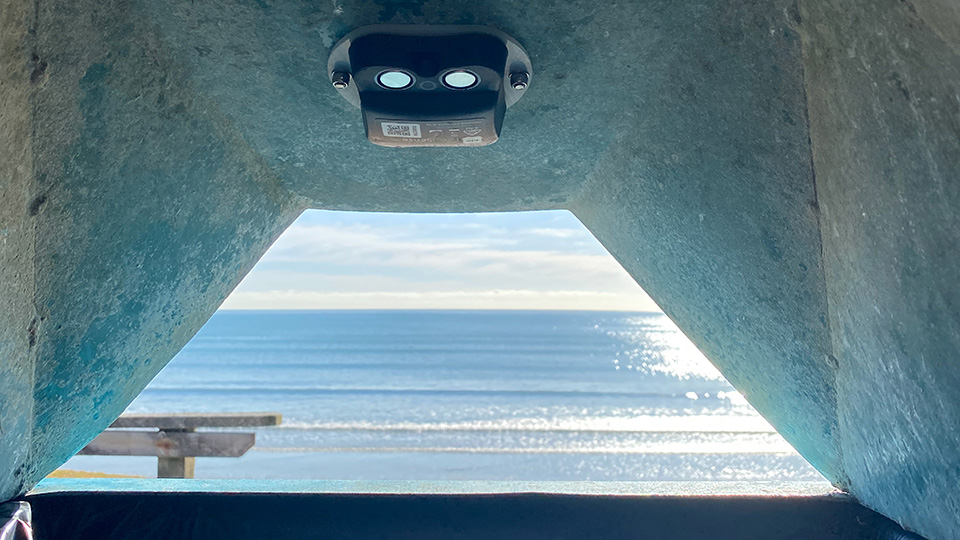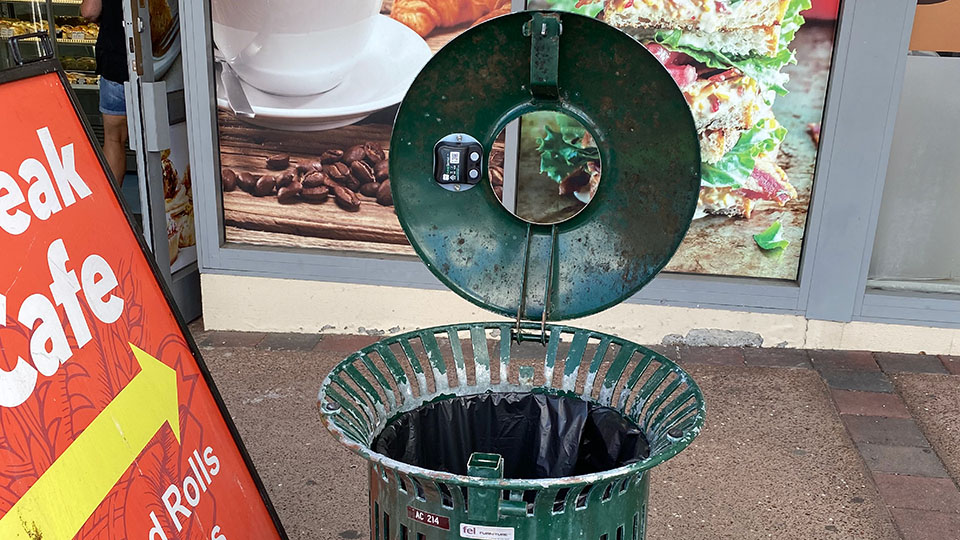Do you have a question? Want to learn more about our products and solutions, the latest career opportunities, or our events? We're here to help. Get in touch with us.
Do you have a question? Want to learn more about our products and solutions, the latest career opportunities, or our events? We're here to help. Get in touch with us.
We've received your message. One of our experts will be in touch with you soon.

From finding better ways to manage waste to lowering carbon emissions, organisations are looking for smart solutions to help them become more efficient and reduce their impact on the environment.
Sometimes these solutions involve applying technology, other times it’s about switching up the way things are done – and sometimes it’s a combination of both.
With a workforce of 35,000 across 400 sites in Australia and New Zealand, essential services company Ventia helps keep infrastructure working in our communities.
One of the ways Ventia helps keep New Zealand’s biggest city running is by regularly emptying 5,000 public rubbish bins, as part of its community facilities contract with Auckland Council.
It’s an important job, which helps keep public spaces clean. It’s also a big job. And with so many bins to keep track of, how do you know when one needs to be emptied?
To help answer this question, and create efficiencies among its drivers, Ventia took a closer look at one of the 30 bin routes it services across Auckland, on the Whangaparāoa Peninsula.
Working in two daily shifts – morning and afternoon/evening – drivers would check all 135 bins on the Whangaparāoa route, covering around 150 kilometres on each shift.
Most of the time half of the bins on the route would be empty, while around 10% of the bins, in popular locations, could fill within three or four hours. Seasonal changes and one-off events could create further variations in how full the bins were.
In a trial project, Ventia installed LevelSense sensors supplied by PiP IoT, harnessing ultrasound and infrared laser, in every bin on the route to capture data on how much rubbish they contained. That information then fed into Timpani, Datacom’s event management platform for transport and logistics networks.

Using Timpani’s job optimisation module, drivers on each shift were then directed only to bins that were at least half full and were set an optimal route to reach them.
Through Timpani, Ventia could also see how many kilometres drivers were travelling on each shift versus what was originally planned if they followed the full route. Analysis of data collected from the trial revealed it created significant efficiencies.
“The use of [PiP’s LevelSense] sensors and Timpani gave us much greater visibility over where and when bins were filling up, and this allowed us to alter our processes to become far more efficient,” says Ventia Project Director Matthew Scott.
“This has created a number of benefits, including reducing the time it takes to cover the route from up to seven-and-a-half hours, down to four.”
Reducing the number of kilometres travelled also gave Ventia the ability to reduce its fleet by up to eight vehicles, lower its carbon footprint, and minimise noise and disruption in communities.
Time saved on the route also freed up staff to be redirected to more critical work or to focus on other maintenance tasks.
Jason Foster, Ventia Contract Operations Manager, says while the new process is still currently under trial, Ventia hopes it can be rolled out across Auckland from January next year.
“This innovation gives us the opportunity to deliver significant savings for our client, Auckland Council, and the environment. We currently service 30 different routes and deploying this solution across the city could reduce carbon dioxide emissions by up to 51 metric tons a year.”
